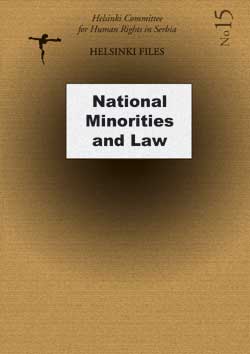INTRODUCTION
INTRODUCTION
Author(s): Author Not Specified
Subject(s): Politics, Demography and human biology, Inter-Ethnic Relations, Ethnic Minorities Studies
Published by: Helsinški odbor za ljudska prava u Srbiji
Keywords: Serbia; politics; census; ethnicity; national minorities;
Summary/Abstract: October 2000 political changeover did not produce the fundamental break with Milosevic's policy. There are numerous examples thereof, notably as regards Republika Srpska, Kosovo and Montenegro. Insistence on that orientation in the face of factual defeat had a negative impact on status of inter-ethnic relations in Serbia proper. National policy aiming at creating an ethnically pure Serb state ended with a catastrophic balance: hundreds of thousands of dead, several million displaced persons and refugees. In the past decade minorities, notably Croats (during the war in Croatia), Bosniaks (during the war in B&H) and Albanians (during the whole decade) bore the brunt of "ethnic-cleansing" policy. By extension, relations between the majority people and some minorities were exacerbated. In the meantime minorities have radicalised their stands and are waiting for resolution of their problems by dint of international community brokerage. Most conspicuous example of the aforementioned was South Serbia, in which the danger of conflict spill-over was great for a while. But thanks to NATO and other international organisations actions and efforts tension has eased and cooperation and revival of economy have been initiated owing to enormous political and financial support of the West.
Book: HELSINŠKE SVESKE №15: National minorities and law
- Page Range: 5-13
- Page Count: 9
- Publication Year: 2002
- Language: English
- Content File-PDF

